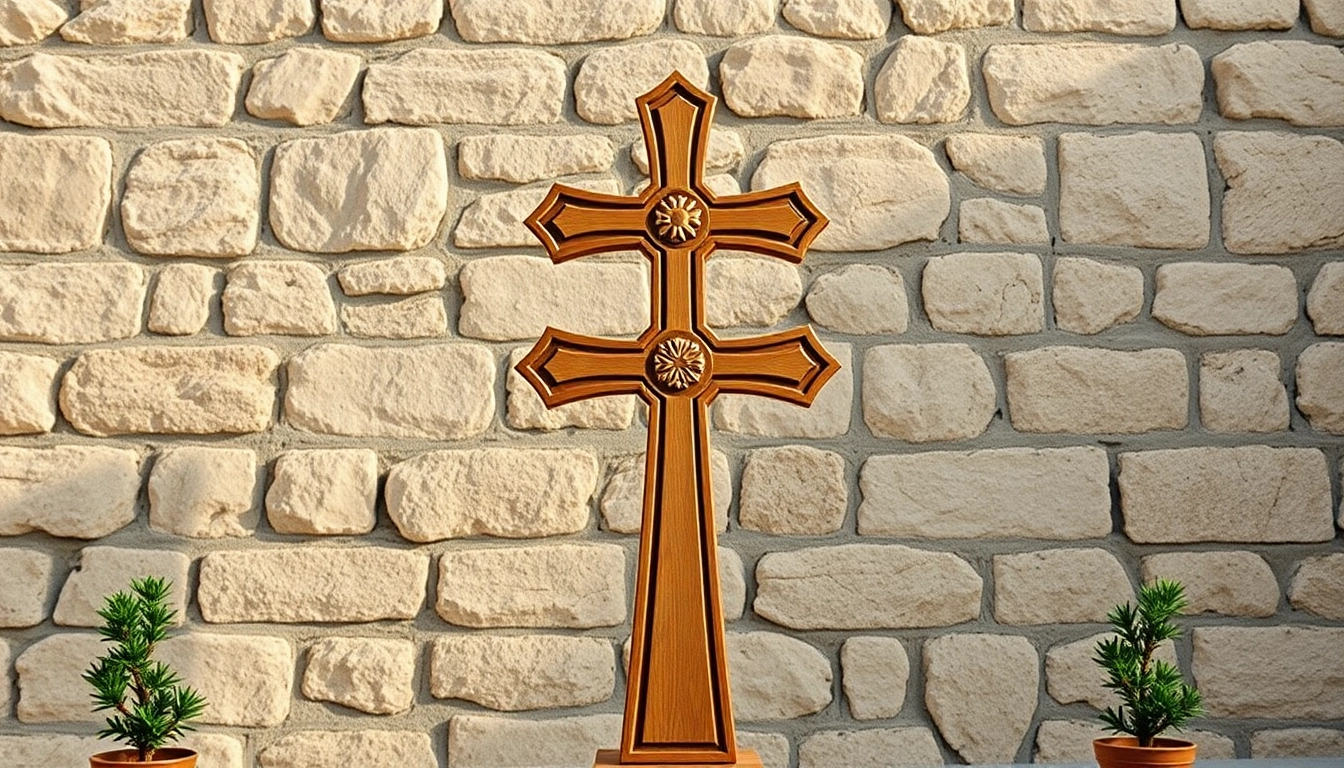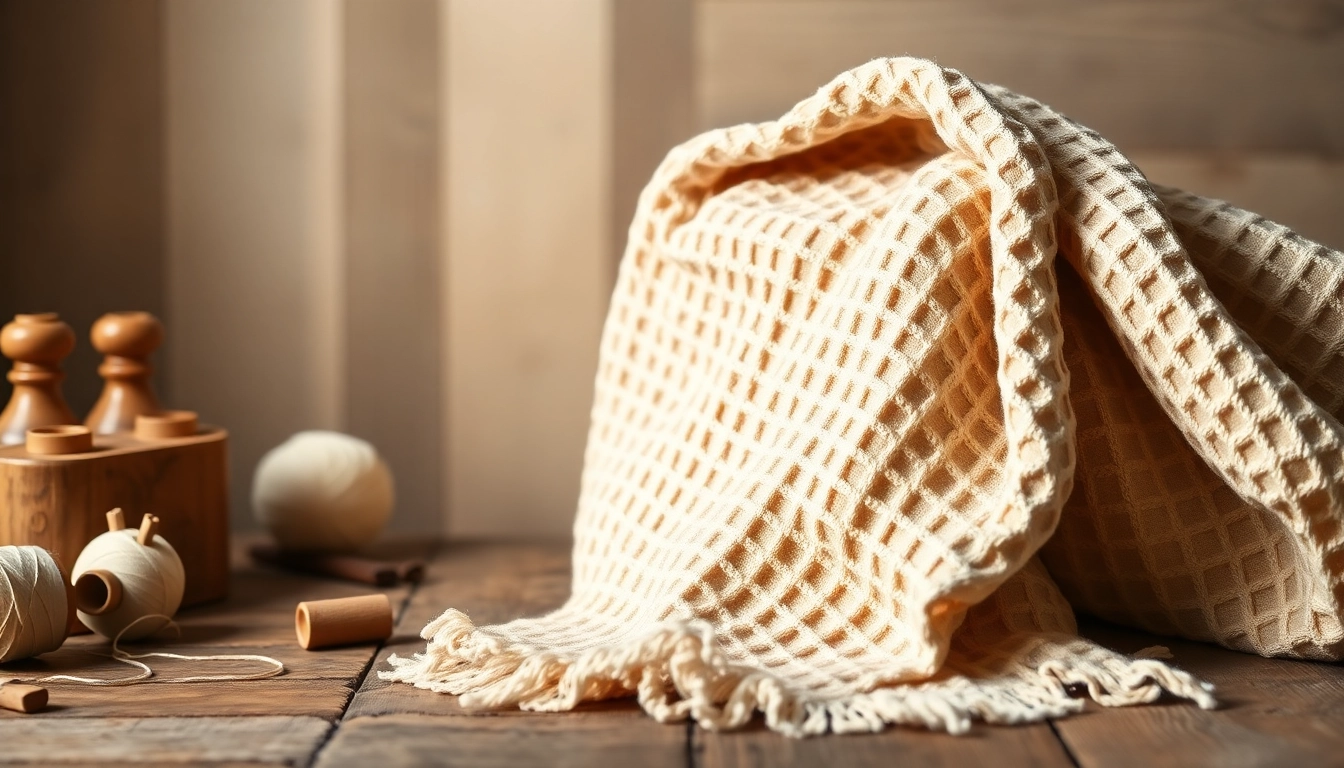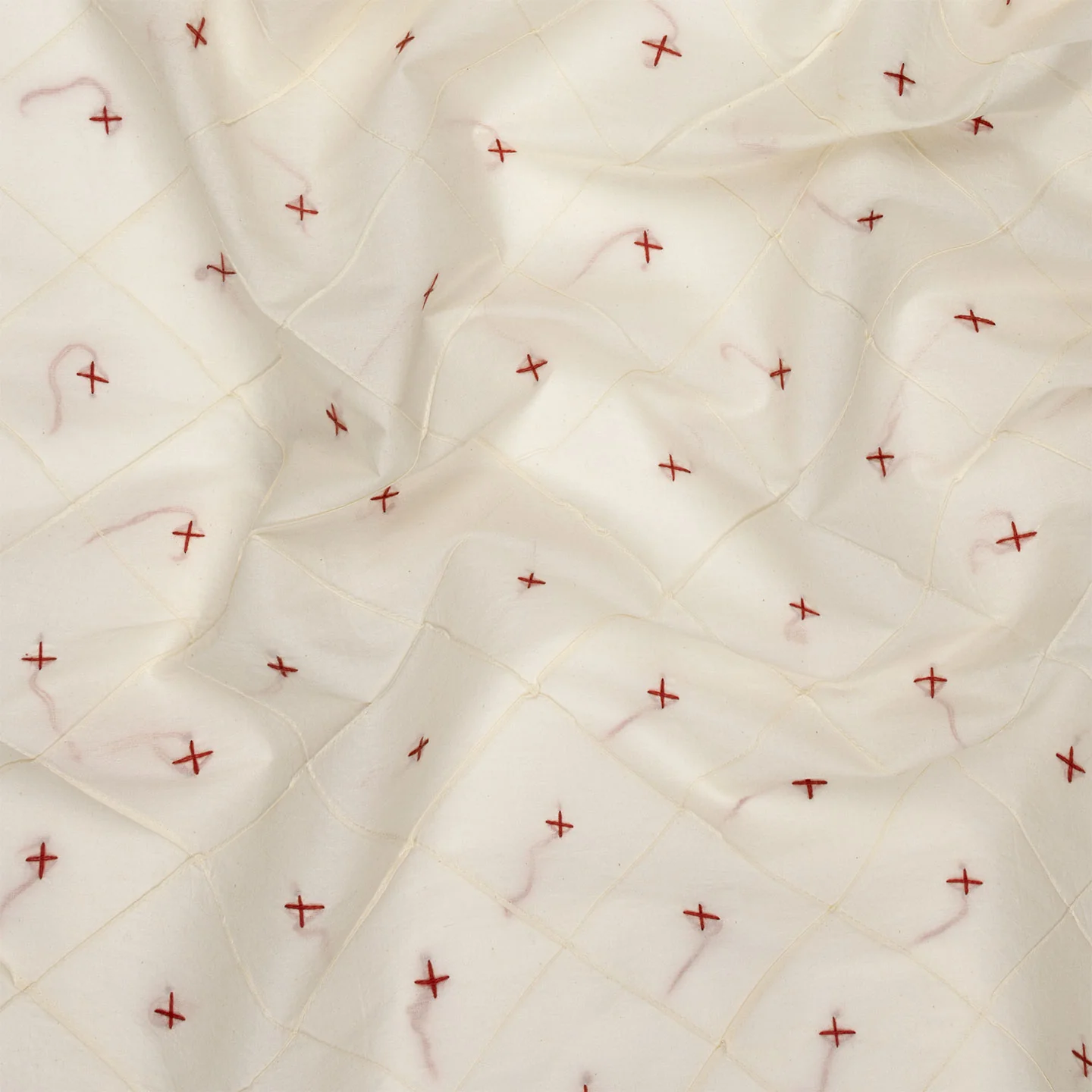
Understanding the Jerusalem Cross: History and Significance
The Jerusalem Cross, a significant symbol within Christian iconography, embodies a rich tapestry of historical and spiritual meanings. Often recognized for its distinctive design, the Jerusalem Cross comprises a large central cross flanked by four smaller crosses in each quadrant. This emblem not only reflects the heritage of Christianity but also serves as a profound representation of faith, evangelism, and the historical context of the Holy City. To explore the many dimensions of this unique cross, we can look at its historical roots, its symbolic elements, and its influence throughout time. In understanding Jerusalem crosses, we gain insights into the profound connections to faith and culture they represent.
What is the Jerusalem Cross?
The Jerusalem Cross is more than just a decorative item; it symbolizes the mission of Christianity as defined by the teachings of Christ. Commonly known as the “Crusader’s Cross” or the “Five-fold Cross,” it originated during the medieval period, particularly associated with the Kingdom of Jerusalem established by the Crusaders in the 12th century. This cross variation serves as a heraldic emblem and is recognized as a representation of the Christian faith, highlighting its foundational beliefs and historical narratives.
The Historical Context of Jerusalem Crosses
To appreciate the Jerusalem Cross fully, one must delve into the historical backdrop from which it emerged. After the First Crusade in 1099, the Crusaders aimed to reclaim Jerusalem and solidify their presence in the Holy Land. The cross symbolized not just military aspirations but also religious devotion and the spread of Christianity. As these crosses became associated with the Crusader state, they also conveyed a sense of identity, unity, and purpose among believers during times of conflict.
Throughout the years, the Jerusalem Cross has metamorphosed, reflecting changing attitudes and beliefs across different eras. Today, it remains a symbol of peace and hope, transcending its historical baggage while inviting all Christians to remember their roots in the faith.
Symbolism Behind the Design and Elements
The Jerusalem Cross is rich with symbolism. The large central cross represents Christ and the core of Christian belief—His sacrifice and resurrection. Each of the four smaller crosses surrounding it represents the Four Evangelists: Matthew, Mark, Luke, and John, symbolizing the dissemination of the Gospel to the four corners of the earth. Furthermore, the design encapsulates the mission of Christians to spread their faith globally, thus linking the history of salvation with a commitment to evangelism.
Beyond its biblical significance, the color and material of the Jerusalem Cross can vary, with olive wood and metal being typical choices. The choice of olive wood is particularly poignant, as the olive tree is a symbol of peace and ties back to the biblical tradition of the Holy Land.
Types of Jerusalem Crosses: Exploring Variations
Traditional Olive Wood Jerusalem Crosses
One of the most popular variations of the Jerusalem Cross is crafted from olive wood, a material strongly associated with the Holy Land. These crosses are often hand-carved by skilled artisans in Bethlehem, each piece telling a story of tradition and craftsmanship. The olive wood used in these crosses not only reflects the natural beauty of the region but also carries biblical significance, as olive trees are mentioned frequently in Scripture.
These crosses often feature intricate designs and embellishments, making them sought after as personal items of faith or gifts for loved ones. This tradition of crafting olive wood crosses has been maintained throughout generations, offering a tangible connection to the history and culture of Christianity in Jerusalem.
Metal Jerusalem Crosses: Contemporary Designs
In contrast to the traditional wooden variants, metal Jerusalem Crosses offer a modern twist on this ancient symbol. Crafted from various alloys, including silver, gold, and even stainless steel, these contemporary designs can feature polished finishes that catch the eye and bring a sense of elegance to the emblem.
Metal crosses are popular among those who prefer a more durable and contemporary symbol of their faith. This type of cross often appears in jewelry, such as necklaces and bracelets, making the emblem not only a sign of faith but also a fashion statement. Combining artistry with modern trends, these crosses continue to resonate with a younger audience.
Crosses in Religious Art and Artifacts
The influence of the Jerusalem Cross extends beyond personal ornaments and continues to be prevalent in religious art and artifacts. Many churches and religious institutions incorporate the Jerusalem Cross in stained glass, murals, and liturgical vestments, making it a central symbol in worship and community gatherings.
In addition, many artifacts associated with the Crusader period, along with contemporary religious art pieces, often feature this emblem, integrating its rich history into the fabric of worship. These uses in art and decoration serve to remind believers of their common heritage and inspire unity in faith across cultures and generations.
Jerusalem Crosses in Modern Christian Practices
Usage in Religious Ceremonies and Rituals
In the modern Christian context, the Jerusalem Cross frequently features in religious ceremonies such as baptisms, weddings, and confirmations. It serves not just as a decorative item but as a powerful symbol of Christ’s presence and the commitment of believers to their faith. The cross may be incorporated into rituals, such as the signing with the cross during prayers, highlighting the significance of this ancient symbol in contemporary worship.
This use fosters a sense of continuity within the faith community, connecting contemporary believers with the historical traditions of the church. The Jerusalem Cross transcends mere ornamentation, dynamically engaging worshippers in the narrative of their faith.
Jerusalem Cross Necklaces and Their Meaning
Jewelry featuring the Jerusalem Cross has gained immense popularity in recent years. Necklaces, bracelets, and earrings featuring this design encapsulate personal faith while also serving as fashionable accessories. This trend reflects not only an aesthetic choice but also a deeper expression of one’s beliefs.
Worn close to the heart, these pieces serve as daily reminders of the wearer’s faith and commitment to the values represented by the Jerusalem Cross. Combining spirituality with personal style, these adornments invite conversations about faith in the modern context.
The Cross as a Symbol of Faith in Daily Life
The Jerusalem Cross serves as more than just an emblem of identity; it’s a daily reminder of one’s faith and values. Many believers choose to display their Jerusalem Crosses prominently in their homes, using them as focal points in prayer spaces or as part of home decoration. This practice not only symbolizes personal faith but also invites opportunities for spiritual growth within the household.
Moreover, the Jerusalem Cross is often shared among family members and passed down as heirlooms, cementing its place as a cherished symbol representing continuity in Christian faith from one generation to the next.
Cultural Impact and Controversies Surrounding Jerusalem Crosses
The Jerusalem Cross in Crusader History
The rich history of the Jerusalem Cross is intertwined with the events of the Crusades. Originally a symbol of the Crusader state, it has often been viewed through the lens of conflicts and territorial struggles. Today, while many view the cross as an emblem of faith and devotion, its historical associations present a duality of interpretations that can lead to controversy.
Critics may view the cross as a symbol of military conquest and religious wars, raising questions about its appropriateness in like-kind contexts. On the other hand, supporters of the symbol argue that it has transcended its historical origins to serve as a modern emblem of peace, hope, and reconciliation among Christians around the world.
Modern Interpretations and Reactions
Contemporary opinions regarding the Jerusalem Cross can vary widely. For many Christians, it continues to embody the essence of their faith—a sign of hope, love, and commitment to spreading the Gospel. However, modern interpretations can sometimes carry heavy freight from the past, prompting discussions and debates around its use in certain contexts.
As global dynamics shift and cultures collide, the Jerusalem Cross invites believers to engage thoughtfully with its symbolism, ensuring that discussions surrounding it promote healing and understanding rather than division.
Addressing Misunderstandings and Myths
Given the rich history and nuanced meanings behind the Jerusalem Cross, it is not uncommon for misunderstandings and myths to proliferate. Some mistakenly associate the cross solely with crusading violence, while others may misinterpret its meaning as exclusive to specific denominations or groups.
To address these misunderstandings effectively, education plays a pivotal role. Offering resources for dialogue and creating spaces for open discussions can help demystify the cross and illuminate its significance within Christian traditions as a whole. By fostering greater understanding, believers can reclaim the cross as an emblem of peace rooted in love and faith.
Finding Authentic Jerusalem Crosses: Where to Buy
Top Online Retailers for Jerusalem Crosses
If you’re looking to purchase an authentic Jerusalem Cross, many online retailers specialize in religious items. Websites like the Holy Land Gift Shop, Monastery Icons, and other dedicated stores provide a variety of options ranging from hand-carved crosses to modern interpretations crafted from various metals.
Buying online can offer the advantage of selecting pieces from various artisans and cultures, giving buyers access to a diverse range of craftsmanship. However, it’s essential to ensure authenticity by purchasing from reputable retailers who provide information about the origin and crafting of their products.
Handcrafted vs. Mass-Produced Options
When considering a Jerusalem Cross, potential buyers face the choice between handcrafted pieces and mass-produced options. Handcrafted Jerusalem Crosses typically capture unique artistry and culture, displaying the skills of artisans who may integrate local traditions and materials into their work.
On the other hand, mass-produced crosses can be more accessible and affordable, yet they might lack the same personal touch and stories tied to handcrafted items. Ultimately, the choice will depend on personal preference and the significance one attributes to the cross as a symbol of faith.
Looking for Ethical Sourcing and Authenticity
As consumers become increasingly conscious of ethics and authenticity in their purchases, finding Jerusalem Crosses sourced responsibly becomes imperative. Buyers should inquire about the origin of the materials used in crafting and the working conditions of artisans.
Supporting local artisans not only helps preserve cultural craftsmanship but also fosters a sense of community and sustains livelihoods in the Holy Land. Ensure to look for certifications or statements regarding the sourcing of materials when making your purchase.







